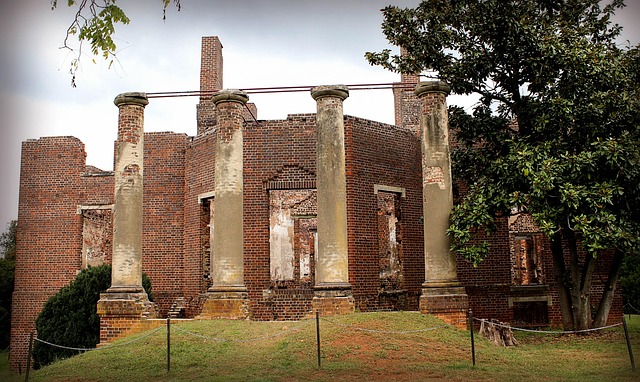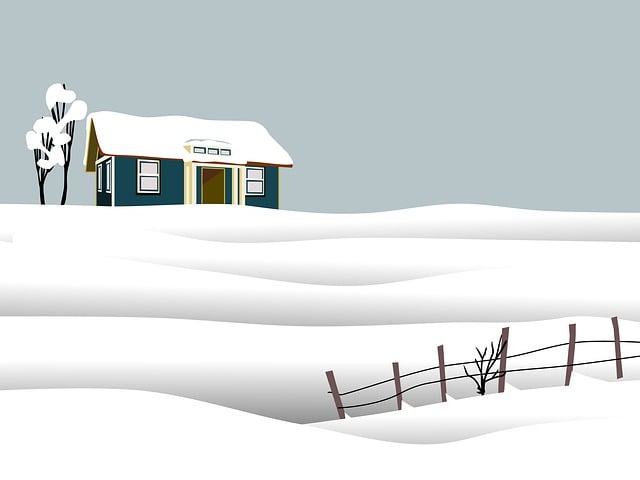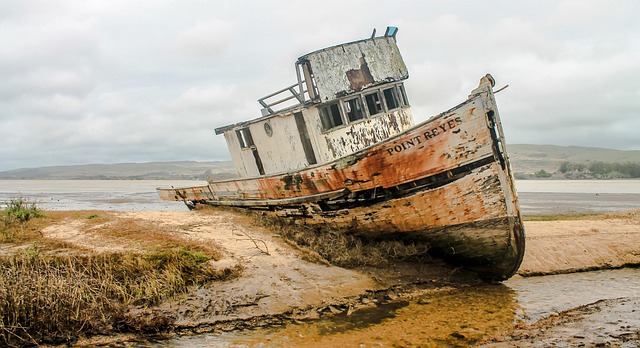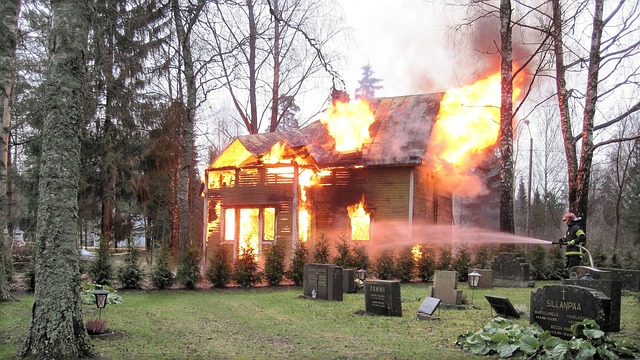Selling a fire-damaged house in California requires a meticulous fire damage assessment by professionals who inspect structural integrity, smoke/water damage, and potential mold growth. This process yields an accurate repair estimate, ensuring compliance with safety standards. Reputable contractor estimates are crucial for transparency, aiding informed buyer decisions. Key factors include assessing structural damage, replacing belongings, decontaminating spaces, outlining timelines, considering property age, style, location, insurance coverage, legal considerations, and creating a prioritized restoration plan to budget wisely. Documenting the entire process enhances selling efforts by showcasing recovery efforts to prospective buyers.
After a fire, assessing and repairing damage is crucial for selling a fire-damaged house in California. Understanding the intricacies of fire damage assessment ensures accurate estimates that align with market values. This guide breaks down key components, influencing factors, legal considerations, and budgeting tips for restoring your California home post-fire, helping you navigate the process effectively.
- Understanding Fire Damage Assessment in California
- Key Components of a Fire Damage Repair Estimate
- Factors Influencing Cost of Repair in a Sold Property
- Legal Considerations for Fire Damage Estimates and Claims
- Tips for Accurately Budgeting Post-Fire Restoration in California Homes
Understanding Fire Damage Assessment in California

In California, fire damage assessment is a critical step before selling a fire-damaged house. The process involves a thorough inspection by professionals who evaluate the extent of destruction caused by the fire. This includes examining structural integrity, identifying areas affected by smoke and water used for extinguishment, and assessing potential health hazards like mold growth. A comprehensive assessment provides an accurate estimate for repairs, ensuring that the property is safely restored and meets regulatory standards.
For residents planning to sell a fire-damaged house in California, understanding this assessment process is crucial. It helps set realistic expectations about costs involved and time required for repairs. Accurate estimates from reputable contractors are essential for a successful sale, as they demonstrate transparency and allow potential buyers to make informed decisions regarding the property’s condition.
Key Components of a Fire Damage Repair Estimate

When it comes to repairing fire damage in a California home, getting an accurate estimate is crucial for owners looking to sell their property. A comprehensive fire damage repair estimate should include several key components that account for the extent of the destruction and the necessary restoration work.
First and foremost, the estimate should assess the structural integrity of the house, identifying any damaged or compromised areas that require repairs or replacement. This includes evaluating the condition of walls, roofs, floors, and foundations. Additionally, the estimate must factor in the cost of replacing personal belongings and fixtures lost or damaged in the fire, as well as decontaminating and restoring the living spaces to a safe and habitable condition. Specialized services like smoke and scent removal may also be necessary, especially for severe cases. Finally, a detailed estimate should outline the timeline for repairs, helping homeowners understand the process and potentially influencing their decision-making when considering whether to sell a fire-damaged house in California.
Factors Influencing Cost of Repair in a Sold Property

When dealing with a sold property in California that has suffered fire damage, several factors come into play when determining repair estimates. The extent of the fire and smoke damage is a primary consideration; from charred walls to melted flooring, every affected area contributes to the overall cost. Professional appraisers carefully assess each damaged element, factoring in materials needed for replacement and labor costs for repairs.
Additional influences include the property’s age and architectural style, as older homes may require specialized restoration techniques. The location of the property is also significant; California’s diverse climate means that some areas might need specific considerations for mold prevention or structural reinforcement after a fire. Insurance coverage plays a crucial role in managing these costs, but understanding the full scope of repairs needed is essential for accurate estimates and ensuring a smooth transition back to a habitable space.
Legal Considerations for Fire Damage Estimates and Claims

When dealing with fire damage repair estimates and claims, there are several legal considerations to keep in mind, especially if you’re planning to sell a fire-damaged house in California. The first step is understanding that all estimates and repair work should adhere to local building codes and regulations. This ensures the safety and compliance of the repairs, which is crucial for any future sale.
Additionally, homeowners should be aware of their rights and responsibilities under California’s insurance laws. It’s important to obtain detailed, itemized estimates from qualified contractors. These estimates should include a breakdown of costs for labor, materials, and any necessary permits. During the claims process, keep thorough records of all communications, documents, and expenses related to the fire damage and repairs to support your claim effectively.
Tips for Accurately Budgeting Post-Fire Restoration in California Homes

When budgeting for post-fire restoration in California homes, it’s crucial to consider both immediate and long-term costs. Start by assessing the extent of damage during the initial emergency phase. Engage professionals who specialize in fire damage restoration; their expertise ensures accurate assessments and efficient repairs. Remember that hidden costs can arise from structural issues or unforeseen complications, so leave a buffer in your budget.
To avoid overspending, create a detailed plan focusing on priorities: temporary housing if necessary, essential repairs like roof and plumbing, and then cosmetic changes. Compare estimates from multiple reputable contractors to ensure fair pricing. Documenting the entire restoration process can help when selling a fire-damaged house in California; it demonstrates transparency and allows potential buyers to visualize the property’s recovery.
When dealing with the aftermath of a fire in California, understanding the intricacies of fire damage repair estimates is crucial for anyone looking to sell their fire-damaged house. This comprehensive guide has navigated through key assessment factors, from understanding the legal considerations to budgeting for restoration. By recognizing the influence of property age, location, and extent of damage on costs, homeowners can make informed decisions when navigating the process of selling a fire-damaged home in California.






